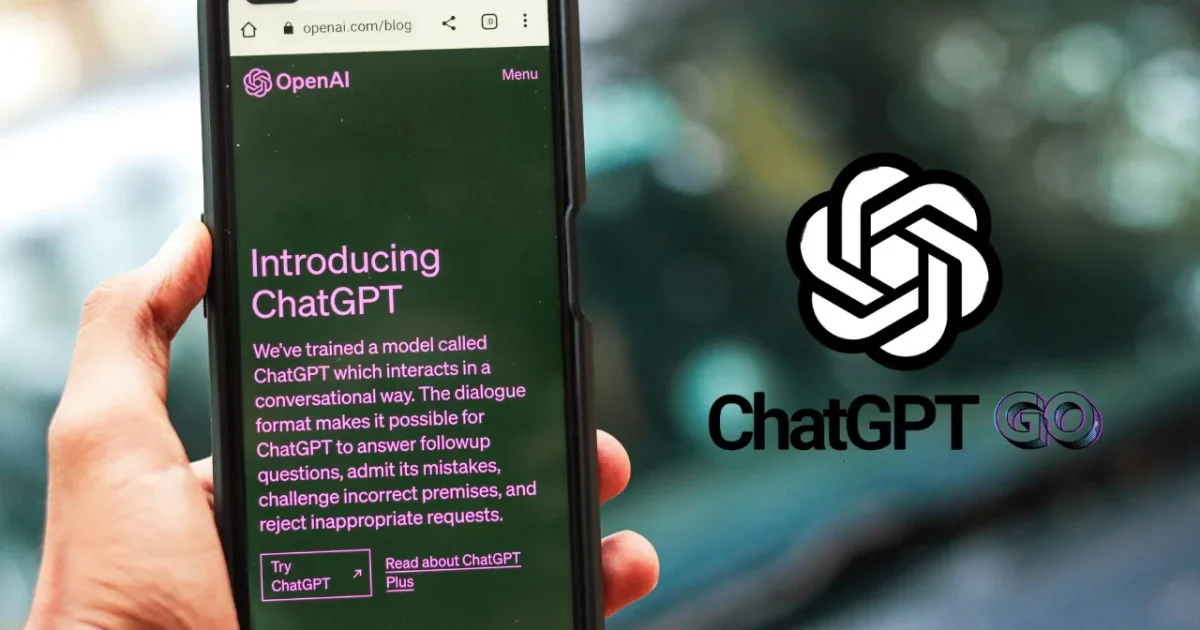Search engines used to be simple: type a word, get a list of websites. Now, they’re super smart, thanks to AI search tools. Think of them like a magical librarian who doesn’t just find books but tells you exactly what’s inside them. These tools, like Google AI Overviews or ChatGPT, are changing how people find information online. But how do you make sure your website or school project shows up? Let’s make it easy to understand.
Here’s the deal: old tricks like repeating keywords don’t work anymore. AI search tools look for clear, organized, and trustworthy content. This article will teach you how to use these tools to make your stuff stand out, whether it’s a blog, a school project, or a website.
What Are AI Search Tools?
AI search tools are like digital helpers that understand your questions and give answers by pulling info from websites, blogs, or data. Unlike old search engines that just list websites, these tools summarize answers and connect ideas. Imagine a chef mixing ingredients from different recipes to make one perfect dish—that’s how AI search tools work with your content.
For example, if you search “how to draw a cat,” an AI tool like Google AI Overviews might say, “Start with a circle for the head, add triangles for ears.” Your goal is to make sure your drawing guide is part of that answer.
“AI search is about understanding what you mean, not just matching words. It’s like teaching a computer to think like you.”
— Sundar Pichai, CEO of Google, on AI-powered search advancements.
Why AI Search Tools Matter
AI search tools are changing how we find stuff online. If your website or project isn’t ready for them, it’s like having a cool book hidden in the library’s basement. Here are three big ways AI search tools are different:
- Quick Summaries: Tools like Google AI Overviews give short answers instead of sending people to websites. If your content isn’t clear, AI might skip it.
- Smart Assistants: Tools like ChatGPT or Perplexity answer questions in one go. They pick content that’s easy for machines to read.
- Idea Connections: AI doesn’t just look for keywords like “cat drawing.” It connects ideas like “art tips” or “sketching techniques.”
If you don’t get ready for these changes, your content might stay invisible, even if it’s awesome.
“Search isn’t about links anymore—it’s about giving answers fast. AI makes that happen.”
— Prabhakar Raghavan, Senior Vice President at Google, on AI search trends.
5 Easy Ways to Make Your Content AI-Friendly
Here are five simple steps to make your website or project shine in AI search tools. Think of these as ways to make your book the first one the librarian grabs.
1. Use Clear Headings and Lists
AI loves content that’s easy to read. Use headings like “How to Draw a Cat” and bullet points to list your ideas. This helps AI tools grab your main points fast.
Example: For a blog about drawing, use a heading like “Top 5 Drawing Tips” and list:
- Sketch lightly with a pencil.
- Use simple shapes to start.
- Add details like eyes last.
2. Write Short, Clear Sentences
Keep your writing simple. AI tools like short sentences that get to the point. Instead of saying, “It is highly recommended to utilize a structured format,” say, “Use a clear format.”
Example: For a pet blog, write, “Cats need playtime to stay happy,” not a long, wordy sentence.
3. Add Structured Data
Structured data is like a label that tells AI what your content is about. It’s like tagging your book “Drawing Tips” so the librarian knows where it fits. You can add structured data with schema markup.
Example: For a recipe blog, use schema markup to label ingredients, cooking time, and steps. This helps AI show your recipe in search results.
4. Focus on Ideas, Not Just Keywords
AI search tools care about the meaning behind your words. Instead of repeating “drawing tips” a lot, write about related ideas like “how to sketch” or “art supplies.” This makes your content show up in more searches.
Example: If you’re writing about exercise, mention related ideas like “warm-up routines” or “stretching benefits.”
5. Be Trustworthy
AI tools pick content from trusted sources. Make sure your website has accurate info, cites sources, and looks professional. It’s like a librarian trusting a book from a well-known author.
Example: If you’re sharing science facts, link to studies or experts to show your info is reliable.
“AI search tools want content that’s clear, structured, and trustworthy. That’s the new rule.”
— Danny Sullivan, Google’s Public Liaison for Search, on AI search priorities.
Comparison Table: Choosing the Best AI Search Tool
Here’s a table to help you pick the right AI search tool for your needs. It compares tools based on features, uses, and costs.
| Tool Name | Key Feature | Best For | Price | ROI | Cons/Issues |
|---|---|---|---|---|---|
| Google AI Overviews | Summarizes answers from many sources | General searches | Free | High: Reaches tons of people | May not link to your website |
| ChatGPT | Gives conversational answers | Quick questions | Free or $20/month (Plus) | Medium: Great for ideas | Limited web access in free version |
| Perplexity | Answers with citations | Research projects | Free or $20/month (Pro) | High: Credits sources | Can be slow for complex questions |
| Gemini | Fast, idea-based answers | Creative projects | Free | Medium: Growing users | Less popular than others |
What’s the bottom line? Use Google AI Overviews for general searches, Perplexity for school research, or ChatGPT for quick answers. Stick with free versions to save money.
Step-by-Step Guide: Using Google AI Overviews
Want your content to show up in Google AI Overviews? Follow these five steps:
- Write Clear Content: Create a blog post with a heading like “Best Drawing Tips for Kids” and use bullet points for tips.
- Add Structured Data: Use a free tool like Google’s Structured Data Markup Helper to add schema to your post.
- Link to Trusted Sources: Cite experts or studies to make your content trustworthy.
- Test Your Work: Search Google for your topic (e.g., “drawing tips”). Check if your content appears in the AI Overview. If not, make it clearer or add more structure.
- Update Often: Keep your content fresh by adding new tips or updating old ones every few months.
Example Prompt: For a pet blog, try searching “how to care for a puppy” on Google. If your post has clear headings and structured data, it might show up in the AI Overview.
Sample Code: Adding Schema Markup for AI Search
Here’s a simple code example to add structured data to a recipe blog. This helps AI search tools understand your content better.
<script type="application/ld+json">
{
"@context": "https://schema.org",
"@type": "Recipe",
"name": "Easy Chocolate Chip Cookies",
"description": "A simple recipe for yummy chocolate chip cookies.",
"ingredients": [
"2 cups flour",
"1 cup sugar",
"1 cup chocolate chips",
"2 eggs"
],
"instructions": [
{
"@type": "HowToStep",
"text": "Mix flour, sugar, and chocolate chips in a bowl."
},
{
"@type": "HowToStep",
"text": "Add eggs and stir until smooth."
},
{
"@type": "HowToStep",
"text": "Bake at 350°F for 10 minutes."
}
]
}
</script>
This code tells AI search tools your page is about a recipe, making it more likely to appear in results.
How AI Search Tools Affect Website Visibility
Here’s a bar chart showing how different AI search tools impact website visibility based on their ability to credit sources.
Think of it this way: Perplexity scores high because it often links back to sources. ChatGPT scores lower because it rarely does.
Looking Ahead: Staying Visible in an AI World
AI search tools are the future, and they’re moving fast. To keep your content visible, focus on clear, structured, and trustworthy writing. Try tools like Google AI Overviews or Perplexity, and update your website regularly. By using the five tips above, you’ll be ready to shine in AI search results.
“The trick to AI search is making your content easy for machines to read and trust.”
— An SEO expert from Moz, on adapting to AI search trends.
Frequently Asked Questions (FAQs)
What’s the difference between AI search tools and regular search engines?
Regular search engines show a list of websites. AI search tools, like Google AI Overviews, summarize answers from many sources. They’re faster but might not always link to your site.
How do I get my website to show up in AI search results?
Use clear headings, short sentences, and structured data. Focus on ideas, not just keywords, and cite reliable sources to seem trustworthy.
Are AI search tools free to use?
Most AI search tools, like Google AI Overviews and Perplexity, have free versions. Some, like ChatGPT Plus, charge for extra features (e.g., $20/month).
Why don’t AI tools always link to my website?
AI tools summarize info and might not credit your site. Use structured data and clear content to make your site a trusted source.
Can I use AI search tools for school projects?
Yes! Tools like Perplexity are great for research because they give detailed answers and cite sources. Try searching “science fair ideas” to start.






